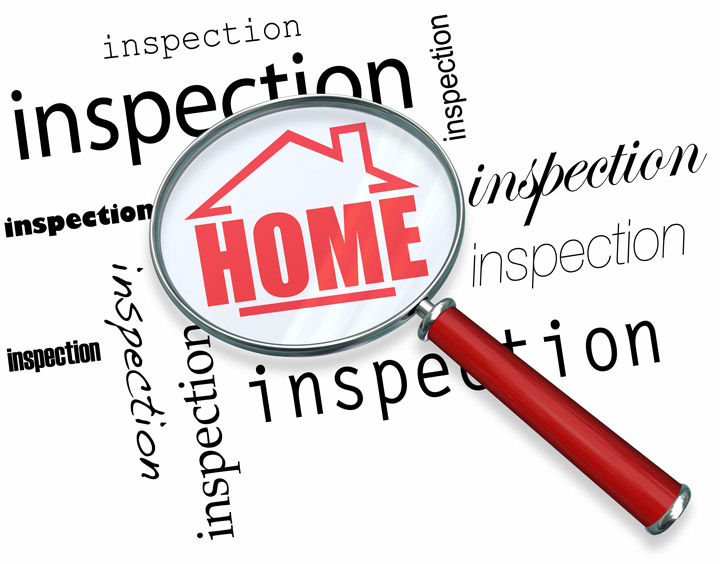
An Overview of the Appraisal ProcessTheir home's purchase can be the most significant transaction many might ever make. It doesn't matter if where you raise your family, a seasonal vacation property or a rental fixer upper, the purchase of real property is a detailed transaction that requires multiple parties to pull it all off. The majority of the participants are very familiar. The most recognizable entity in the transaction is the real estate agent. Next, the bank provides the financial capital necessary to bankroll the deal. And ensuring all areas of the sale are completed and that a clear title transfers to the buyer from the seller is the title company. So, what party makes sure the value of the property is in line with the purchase price? This is where you meet the appraiser. We provide an unbiased estimate of what a buyer could expect to pay — or a seller receive — for a property, where both buyer and seller are informed parties. A licensed, certified, professional appraiser from Turner Group will ensure, you as an interested party, are informed. Inspecting the subject propertyTo determine an accurate status of the property, it's our responsibility to first perform a thorough inspection. We must see features hands on, such as the number of bedrooms and bathrooms, the location, amenities, etc., to ensure they indeed are there and are in the shape a typical buyer would expect them to be. The inspection often includes a sketch of the house, ensuring the square footage is correct and conveying the layout of the property. Most importantly, we look for any obvious amenities - or defects - that would have an impact on the value of the property. Next, after the inspection, an appraiser uses two or three approaches to determining the value of real property: a sales comparison, a replacement cost calculation, and an income approach when rental properties are prevalent. 
Replacement CostThis is where the appraiser analyzes information on local building costs, the cost of labor and other factors to ascertain how much it would cost to build a property similar to the one being appraised. This estimate commonly sets the maximum on what a property would sell for. The cost approach is also the least used predictor of value. 
Sales ComparisonAppraisers are intimately familiar with the subdivisions in which they work. They thoroughly understand the value of specific features to the residents of that area. Then, the appraiser looks up recent transactions in the neighborhood and finds properties which are 'comparable' to the subject being appraised. By assigning a dollar value to certain items such as square footage, extra bathrooms, hardwood floors, fireplaces or view lots (just to name a few), we add or subtract from each comparable's sales price so that they are more accurately in line with the features of subject.
An opinion of what the subject could sell for can only be determined once all differences between the comps and the subject have been evaluated. At Turner Group, we are an authority in knowing the value of real estate features in Spartanburg and Spartanburg County neighborhoods. The sales comparison approach to value is most often awarded the most importance when an appraisal is for a real estate exchange. Valuation Using the Income ApproachA third method of valuing a property is sometimes used when an area has a reasonable number of renter occupied properties. In this scenario, the amount of revenue the property produces is taken into consideration along with other rents in the area for comparable properties to give an indicator of the current value. ReconciliationCombining information from all approaches, the appraiser is then ready to stipulate an estimated market value for the property in question. The estimate of value at the bottom of the appraisal report is not always the final sales price even though it is likely the best indication of what a property is worth. Prices can always be driven up or down by extenuating circumstances like the motivation or urgency of a seller or 'bidding wars'. But the appraised value is typically employed as a guideline for lenders who don't want to loan a buyer more money than the property is actually worth. The bottom line is, an appraiser from Turner Group will help you attain the most fair and balanced property value, so you can make wise real estate decisions. |